
The Ultimate Weight Loss Guide: Proven Strategies for Success
Embarking on a weight loss journey can feel overwhelming, filled with conflicting advice and fleeting trends. The truth is, sustainable weight loss isn’t about quick fixes or restrictive diets; it’s about adopting a holistic approach that encompasses healthy eating habits, regular physical activity, and a positive mindset. This comprehensive guide provides you with evidence-based strategies and practical tips to achieve your weight loss goals and maintain a healthier lifestyle for the long term. Forget the fad diets and unrealistic expectations; we’re here to empower you with the knowledge and tools you need to succeed. We will delve into the science behind weight loss, explore effective dietary strategies, uncover the importance of exercise, and address the mental and emotional aspects of this transformative journey. Let’s begin creating a healthier, happier you, one step at a time. This guide isn’t just about shedding pounds; it’s about gaining confidence, improving your overall well-being, and embracing a lifestyle that supports your long-term health goals.
Remember, consistency and patience are key. There will be ups and downs, but with the right strategies and a supportive mindset, you can achieve your desired weight and maintain a healthy lifestyle. Let’s dive in and discover the proven strategies for lasting weight loss success.
Understanding the Fundamentals of Weight Loss
The Calorie Balance Equation
Weight loss fundamentally boils down to the calorie balance equation: consuming fewer calories than you expend. This creates a calorie deficit, forcing your body to tap into its energy reserves (stored fat) for fuel. However, simply restricting calories drastically isn’t a sustainable or healthy approach. It’s crucial to focus on consuming nutrient-rich foods that provide satiety and support overall health. Understanding your basal metabolic rate (BMR), the number of calories your body burns at rest, is a crucial starting point. Online calculators and professional assessments can help you determine your BMR, allowing you to calculate your daily calorie needs based on your activity level.
Once you know your daily calorie needs, you can create a calorie deficit of 500-750 calories per day to lose approximately 1-2 pounds per week. This gradual approach is more sustainable and less likely to trigger negative metabolic adaptations. It’s also important to remember that calorie needs vary based on individual factors such as age, gender, activity level, and body composition. Consulting with a registered dietitian or healthcare professional can provide personalized guidance and ensure you’re meeting your nutritional needs while creating a calorie deficit.
Beyond the numbers, consider the quality of your calories. Prioritize whole, unprocessed foods like fruits, vegetables, lean proteins, and whole grains, which are naturally lower in calories and packed with essential nutrients. Limit your intake of processed foods, sugary drinks, and unhealthy fats, which are often high in calories and low in nutritional value. By focusing on nutrient-dense foods and mindful eating habits, you can create a sustainable calorie deficit without feeling deprived or sacrificing your overall health.
Macronutrients: The Building Blocks of a Healthy Diet
Macronutrients, including protein, carbohydrates, and fats, play vital roles in our bodies. Understanding their functions and incorporating them in the right proportions is essential for weight loss and overall health. Protein is crucial for building and repairing tissues, maintaining muscle mass, and promoting satiety. Aim to include a source of protein in every meal, such as lean meats, poultry, fish, beans, lentils, or tofu. Carbohydrates provide energy for our bodies, but not all carbs are created equal. Focus on complex carbohydrates like whole grains, fruits, and vegetables, which are rich in fiber and provide sustained energy release. Limit your intake of refined carbohydrates like white bread, pasta, and sugary drinks, which can lead to rapid blood sugar spikes and crashes.
Fats are essential for hormone production, nutrient absorption, and cell function. Choose healthy fats like those found in avocados, nuts, seeds, and olive oil. Limit your intake of saturated and trans fats, which can increase the risk of heart disease. The ideal macronutrient ratio varies based on individual needs and preferences, but a general guideline is 40-50% carbohydrates, 20-30% protein, and 20-30% fat. Experiment with different ratios to find what works best for your body and helps you achieve your weight loss goals. Remember, a balanced diet that incorporates all three macronutrients is essential for optimal health and sustainable weight loss.
Consider the timing of your macronutrient intake as well. For example, consuming a protein-rich meal after exercise can help repair and rebuild muscle tissue. Eating complex carbohydrates before a workout can provide sustained energy for your activity. Paying attention to the timing of your macronutrient intake can optimize your performance and support your weight loss efforts. It’s also important to listen to your body and adjust your macronutrient intake based on your individual needs and hunger cues. A registered dietitian can provide personalized guidance on macronutrient ratios and timing based on your specific goals and health conditions.
The Power of Exercise for Weight Loss
Cardiovascular Exercise: Burning Calories and Boosting Metabolism
Cardiovascular exercise, often referred to as “cardio,” plays a crucial role in weight loss by burning calories and boosting metabolism. Activities like running, swimming, cycling, and dancing elevate your heart rate and increase your energy expenditure, helping you create a calorie deficit. The intensity and duration of your cardio workouts will determine the number of calories you burn. High-intensity interval training (HIIT), which involves short bursts of intense activity followed by periods of rest or low-intensity activity, has been shown to be particularly effective for burning calories and improving cardiovascular fitness. Aim for at least 150 minutes of moderate-intensity cardio or 75 minutes of vigorous-intensity cardio per week, as recommended by the American Heart Association.
Beyond calorie burning, cardio exercise offers numerous other health benefits, including improved cardiovascular health, reduced risk of chronic diseases, and enhanced mood. It also helps increase your body’s sensitivity to insulin, which can improve blood sugar control and reduce the risk of type 2 diabetes. Find activities you enjoy and can consistently incorporate into your routine. Whether it’s a brisk walk in the park, a swim in the pool, or a dance class, finding activities you find enjoyable will increase your chances of sticking with your exercise plan long-term. Remember to consult with your doctor before starting any new exercise program, especially if you have any underlying health conditions.
Variety is key to preventing boredom and maximizing your results. Incorporate different types of cardio activities into your routine to challenge your body in different ways. You can also vary the intensity and duration of your workouts to keep your body guessing and prevent plateaus. Consider using a fitness tracker to monitor your heart rate, track your calories burned, and set goals to stay motivated. Ultimately, the best cardio exercise is the one you enjoy and can consistently incorporate into your lifestyle.
Strength Training: Building Muscle and Increasing Metabolism
While cardio is essential for burning calories, strength training is equally important for weight loss and overall health. Building muscle mass increases your resting metabolic rate, meaning you burn more calories even when you’re not actively exercising. Strength training also helps improve your body composition by increasing your lean muscle mass and reducing your body fat percentage. Include strength training exercises that target all major muscle groups, such as squats, lunges, push-ups, rows, and overhead presses. Aim for at least two strength training sessions per week, allowing for adequate rest and recovery between workouts.
You can use a variety of equipment for strength training, including dumbbells, barbells, resistance bands, and your own body weight. Start with a weight or resistance level that challenges you without compromising your form. Gradually increase the weight or resistance as you get stronger. Proper form is crucial to prevent injuries and maximize the effectiveness of your workouts. Consider working with a certified personal trainer to learn proper form and develop a personalized strength training program. Strength training also offers numerous other benefits, including improved bone density, increased strength and endurance, and enhanced posture and balance.
Don’t be afraid of getting “bulky” from strength training. Women, in particular, often worry about building too much muscle, but it’s important to remember that it takes a significant amount of effort and dedication to build substantial muscle mass. Strength training will primarily help you tone and sculpt your body, improving your overall shape and appearance. Combine strength training with cardio and a healthy diet for optimal weight loss results and a leaner, more toned physique.
The Mental and Emotional Side of Weight Loss
Mindful Eating: Tuning into Your Body’s Signals
Weight loss isn’t just about what you eat; it’s also about how you eat. Mindful eating involves paying attention to your body’s hunger and fullness cues, savoring each bite, and eating without distractions. This approach can help you develop a healthier relationship with food and prevent overeating. Before each meal, take a moment to assess your hunger level. Are you truly hungry, or are you eating out of boredom, stress, or habit? Eat slowly and deliberately, focusing on the taste, texture, and aroma of your food. Put down your fork between bites and chew thoroughly. Pay attention to your body’s signals of fullness and stop eating when you’re satisfied, not stuffed.
Eliminate distractions while eating, such as watching television, working on your computer, or scrolling through your phone. These distractions can prevent you from fully paying attention to your food and your body’s signals, leading to overeating. Create a calm and relaxing eating environment. Set the table, light a candle, and put on some relaxing music. Make eating a mindful and enjoyable experience, rather than a rushed and mindless activity. Mindful eating can also help you identify emotional triggers for eating. Are you reaching for food when you’re feeling stressed, sad, or anxious? Once you identify these triggers, you can develop healthier coping mechanisms, such as exercise, meditation, or spending time with loved ones.
Practice self-compassion and avoid judging yourself for your eating habits. We all have moments of weakness or slip-ups. The key is to learn from these experiences and get back on track. Mindful eating is a journey, not a destination. Be patient with yourself and celebrate your progress along the way. Consider keeping a food journal to track your eating habits, hunger levels, and emotional triggers. This can help you gain a deeper understanding of your relationship with food and identify areas for improvement. Mindful eating is a powerful tool for cultivating a healthier relationship with food and achieving sustainable weight loss.
Building a Supportive Mindset: Overcoming Challenges and Staying Motivated
Weight loss can be a challenging journey, both physically and mentally. Building a supportive mindset is crucial for overcoming obstacles and staying motivated. Set realistic goals and celebrate your progress along the way. Avoid setting unrealistic expectations or comparing yourself to others. Focus on making small, sustainable changes that you can maintain long-term. Surround yourself with supportive people who encourage and motivate you. Share your goals with friends, family, or a support group. Having a strong support system can help you stay accountable and overcome challenges.
Practice self-care and prioritize your well-being. Weight loss should be about improving your overall health and happiness, not about punishing yourself or depriving yourself of pleasure. Make time for activities you enjoy, such as reading, spending time in nature, or pursuing a hobby. Manage stress effectively through exercise, meditation, or spending time with loved ones. Chronic stress can lead to increased cortisol levels, which can promote weight gain. Be kind to yourself and practice self-compassion. We all have moments of weakness or setbacks. The key is to learn from these experiences and get back on track.
Visualize your success and believe in your ability to achieve your goals. Positive self-talk and affirmations can help boost your confidence and motivation. Remind yourself of your reasons for wanting to lose weight and focus on the positive benefits you’ll experience, such as improved health, increased energy, and enhanced self-esteem. Don’t be afraid to seek professional help if you’re struggling with emotional eating, body image issues, or other mental health concerns. A therapist or counselor can provide valuable support and guidance. Building a supportive mindset is an ongoing process. Be patient with yourself, celebrate your progress, and remember that you are capable of achieving your weight loss goals.
Sample Meal Plan for Weight Loss
| Meal | Example | Approximate Calories |
|---|---|---|
| Breakfast | Oatmeal with berries and nuts | 350 |
| Lunch | Grilled chicken salad with mixed greens and vinaigrette | 450 |
| Dinner | Baked salmon with roasted vegetables | 500 |
| Snacks (2) | Greek yogurt with fruit, handful of almonds | 200 |
Tips for Staying on Track
- Plan your meals ahead of time.
- Keep healthy snacks readily available.
- Drink plenty of water.
- Get enough sleep.
- Limit alcohol consumption.
- Track your progress.
Sıkça Sorulan Sorular
“`

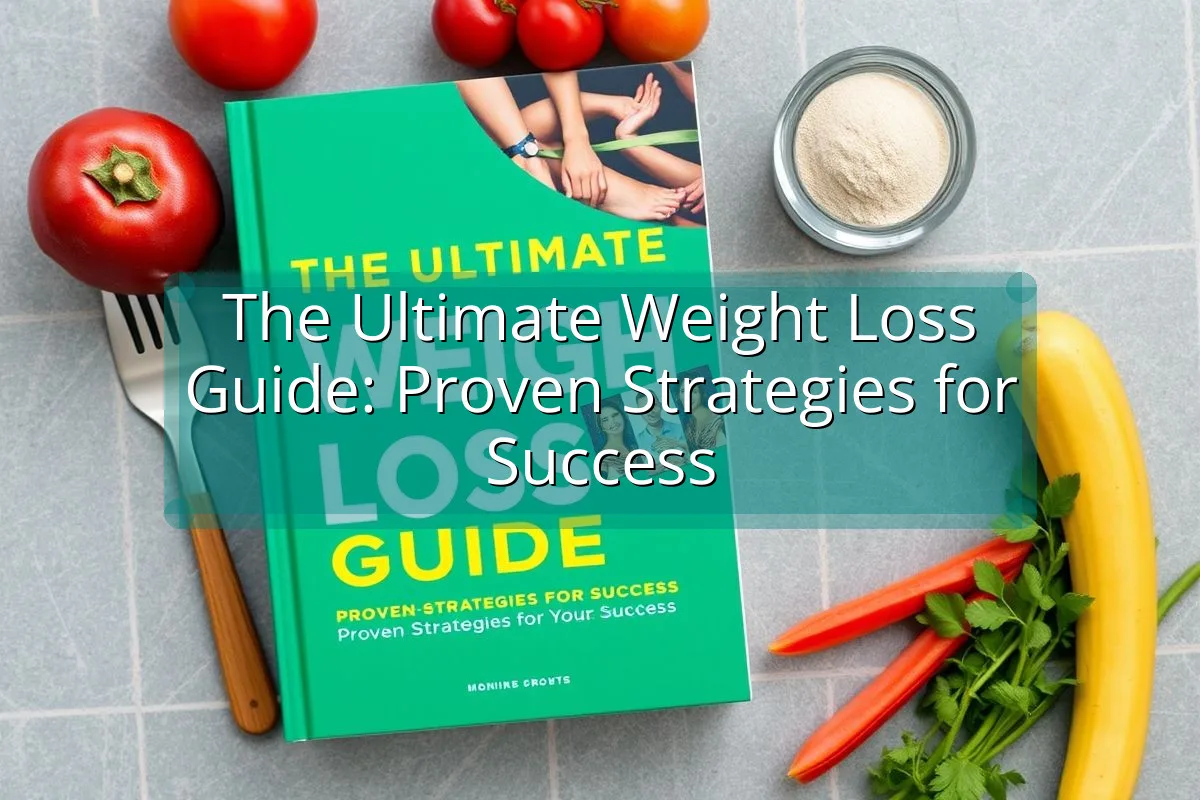



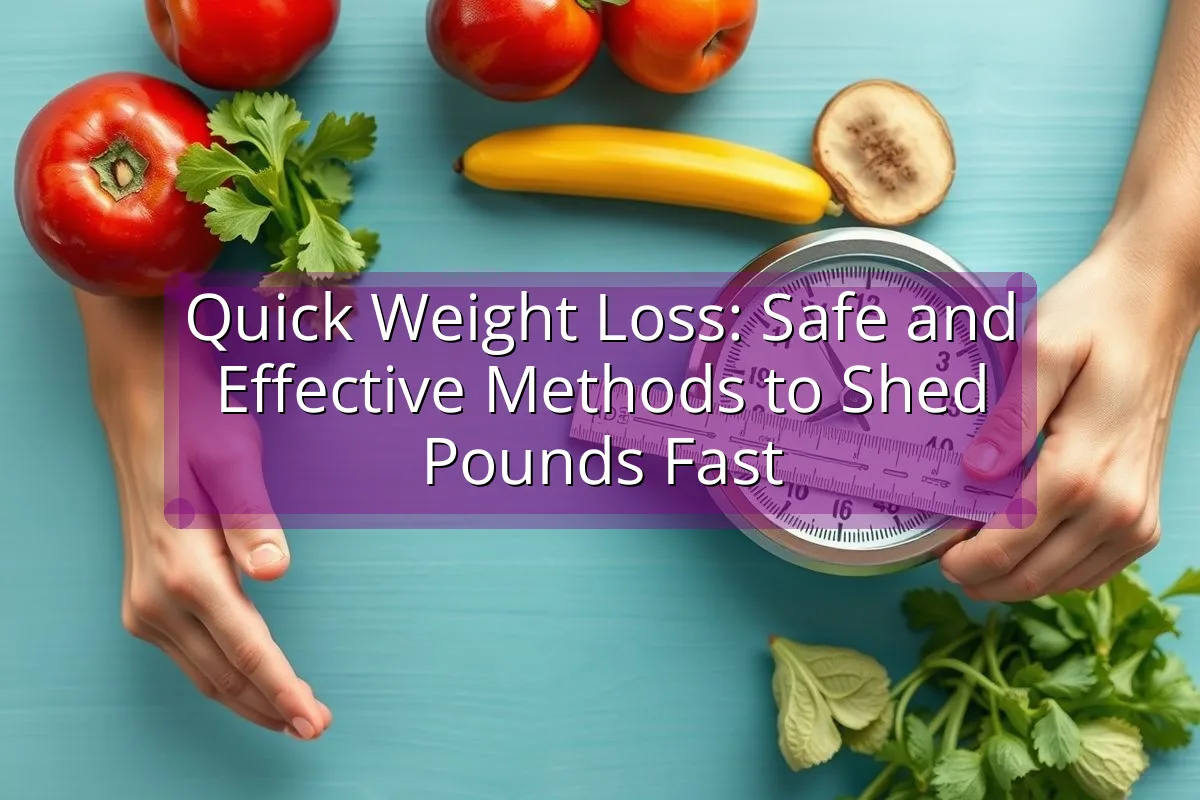
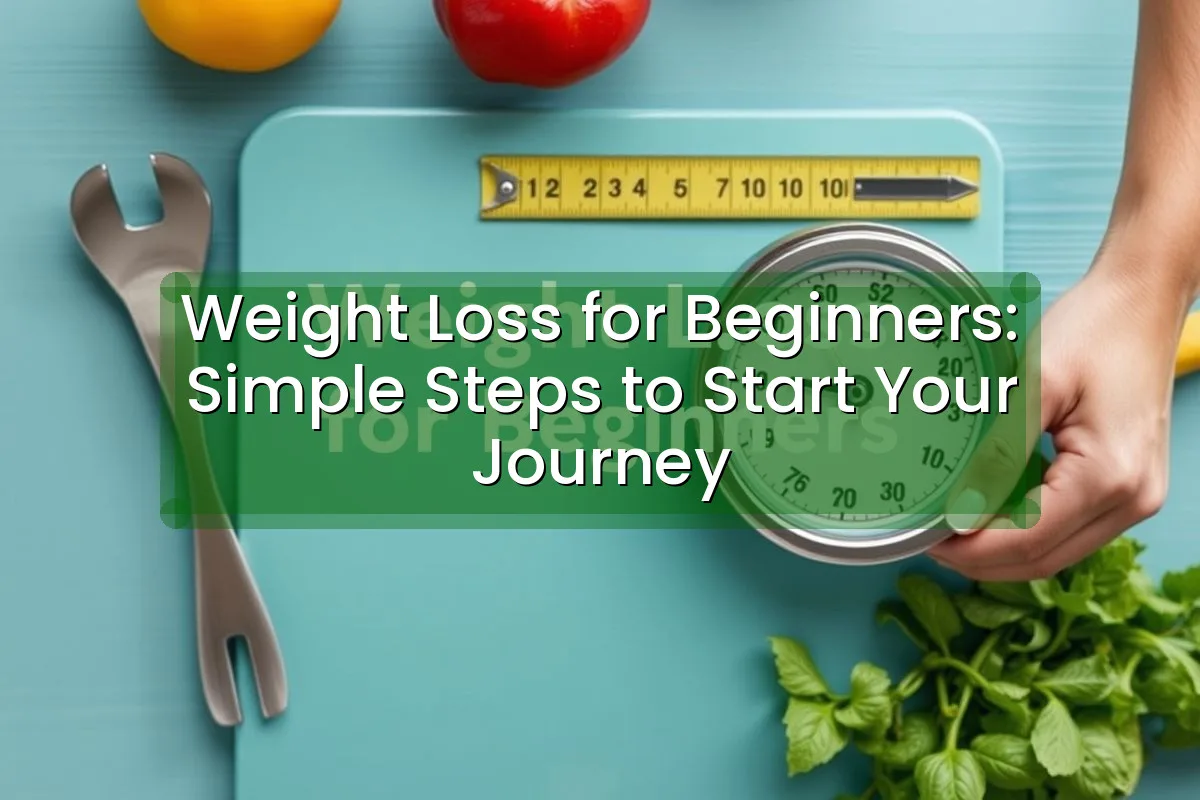
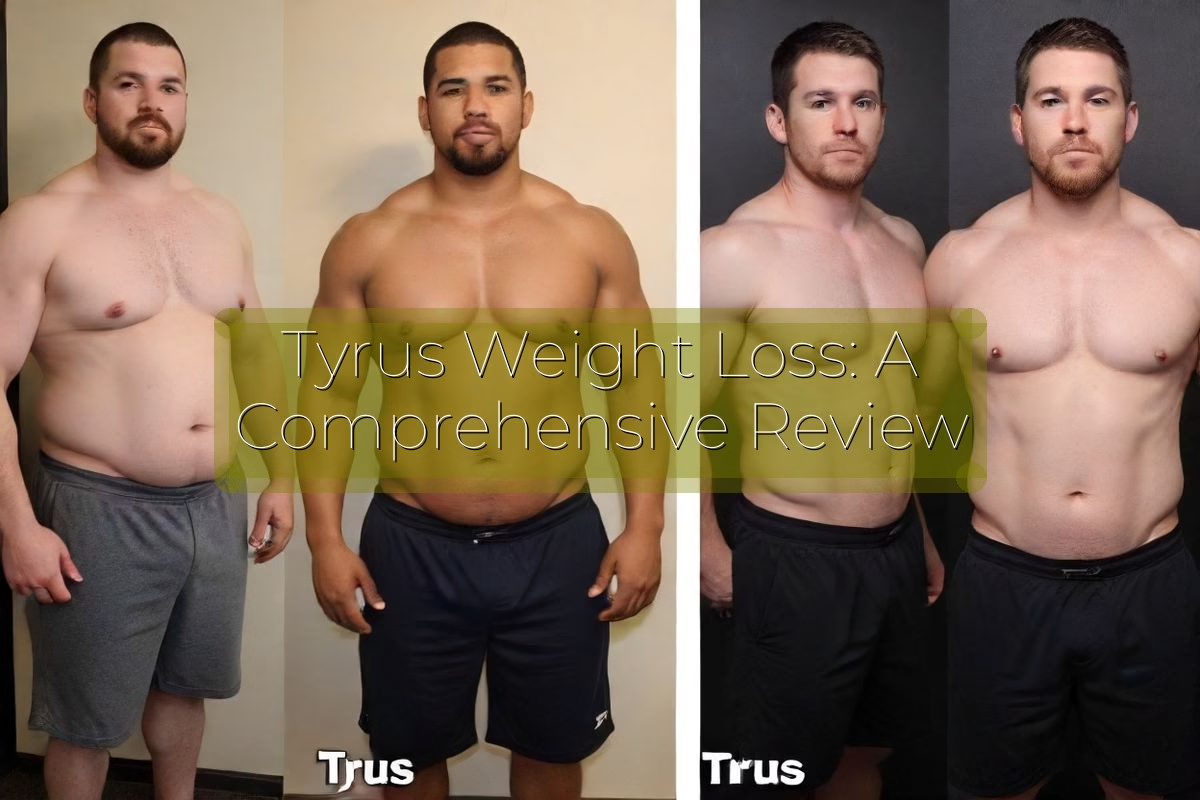




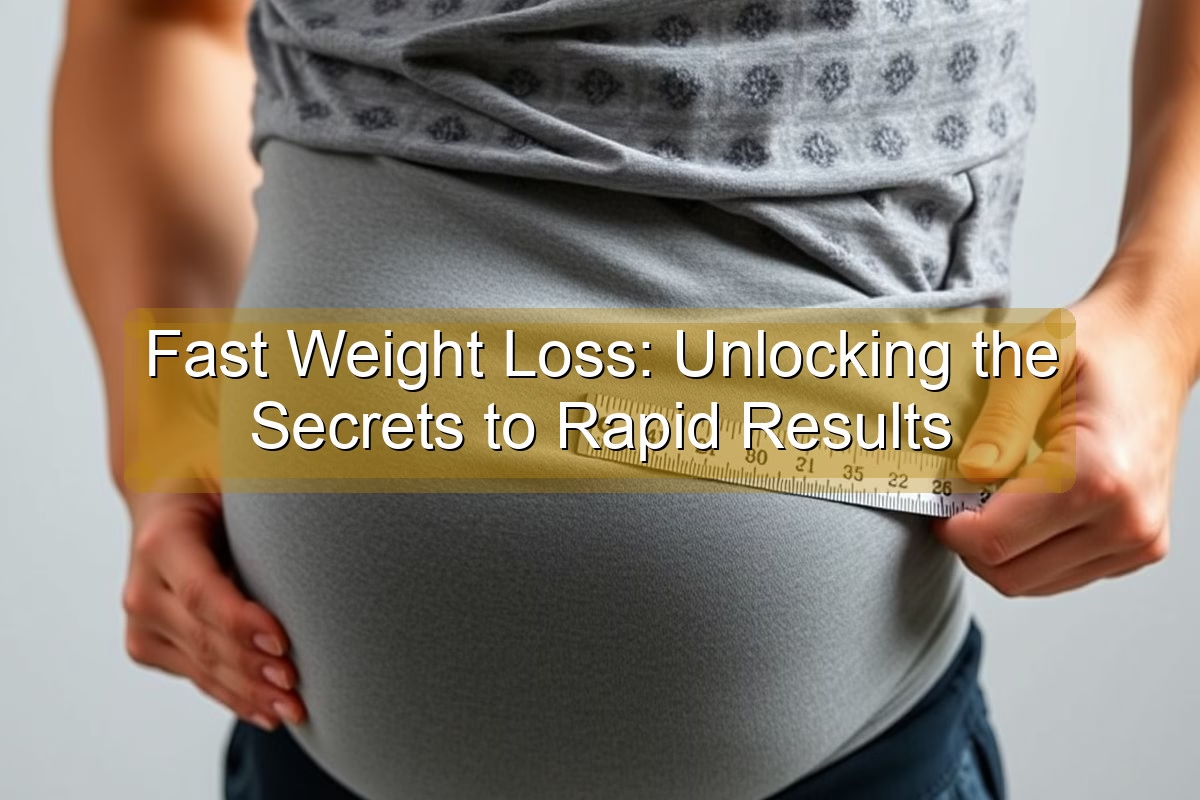

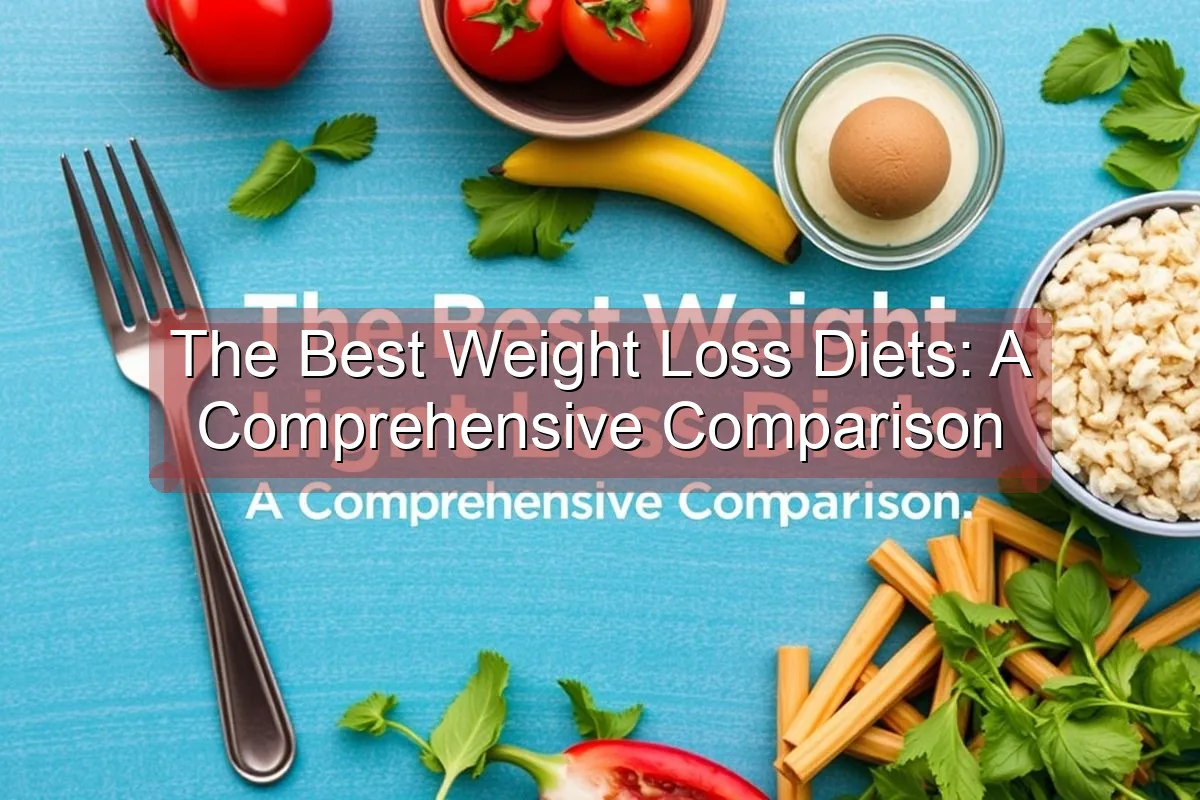
Leave a Reply